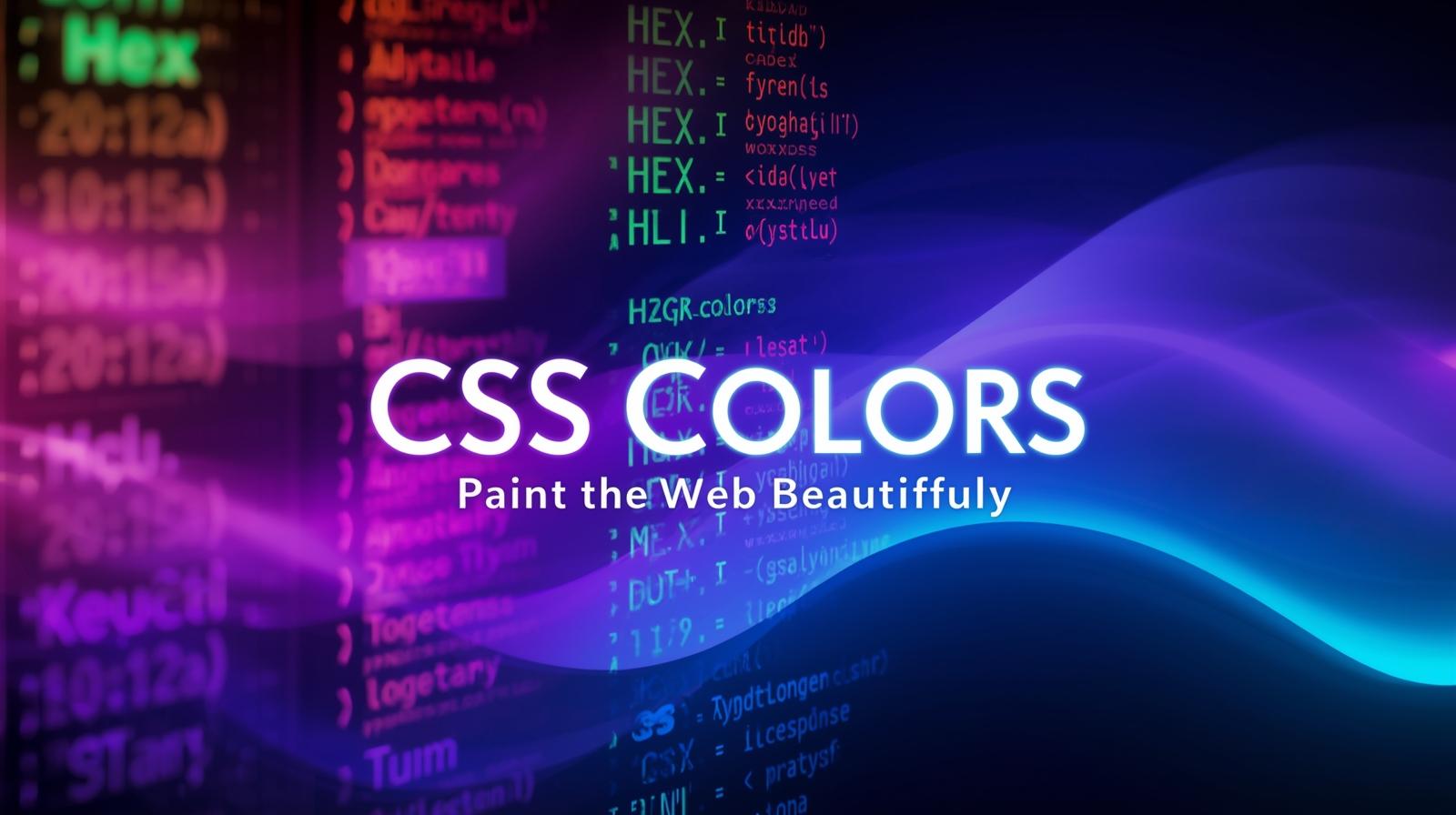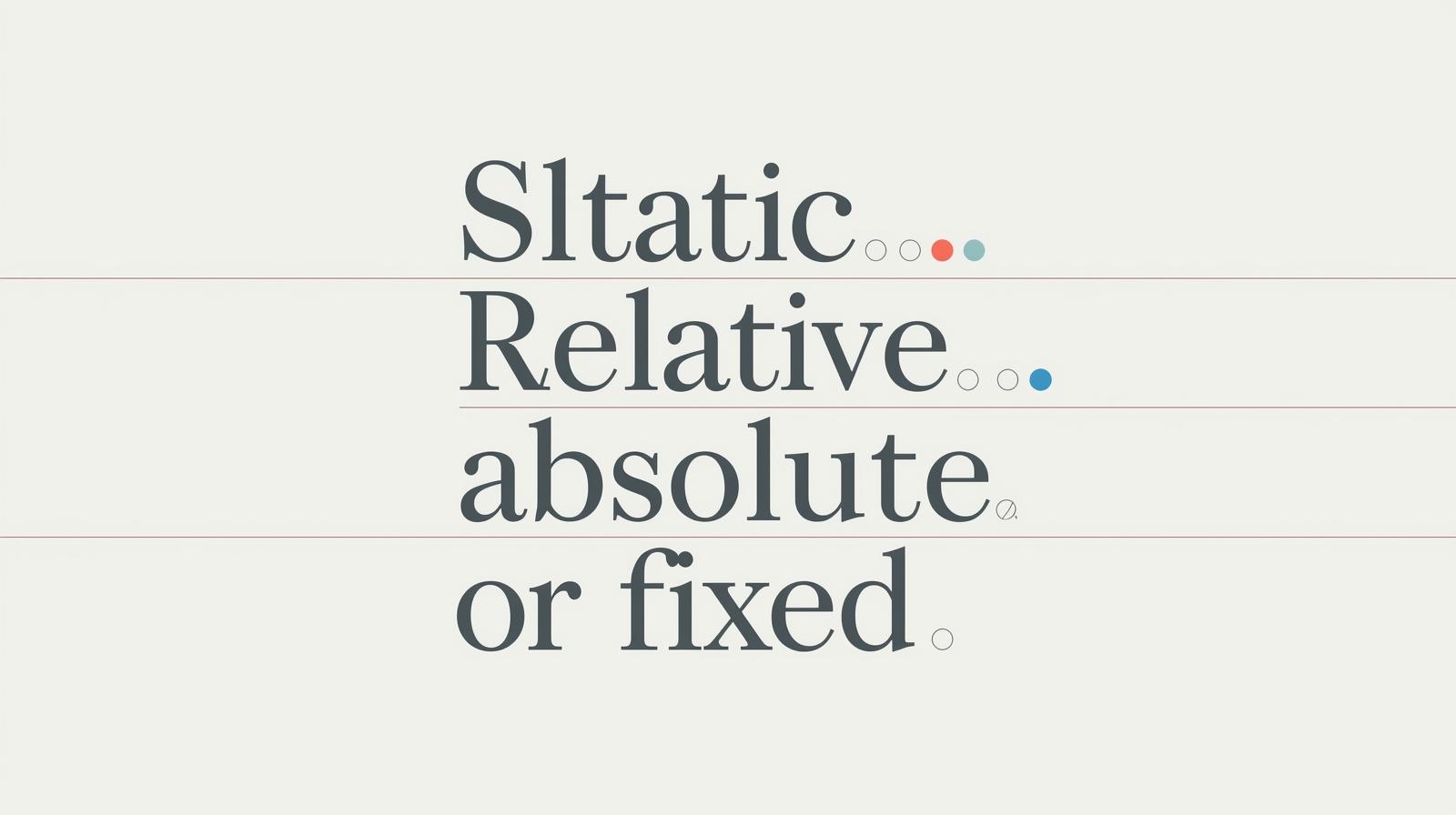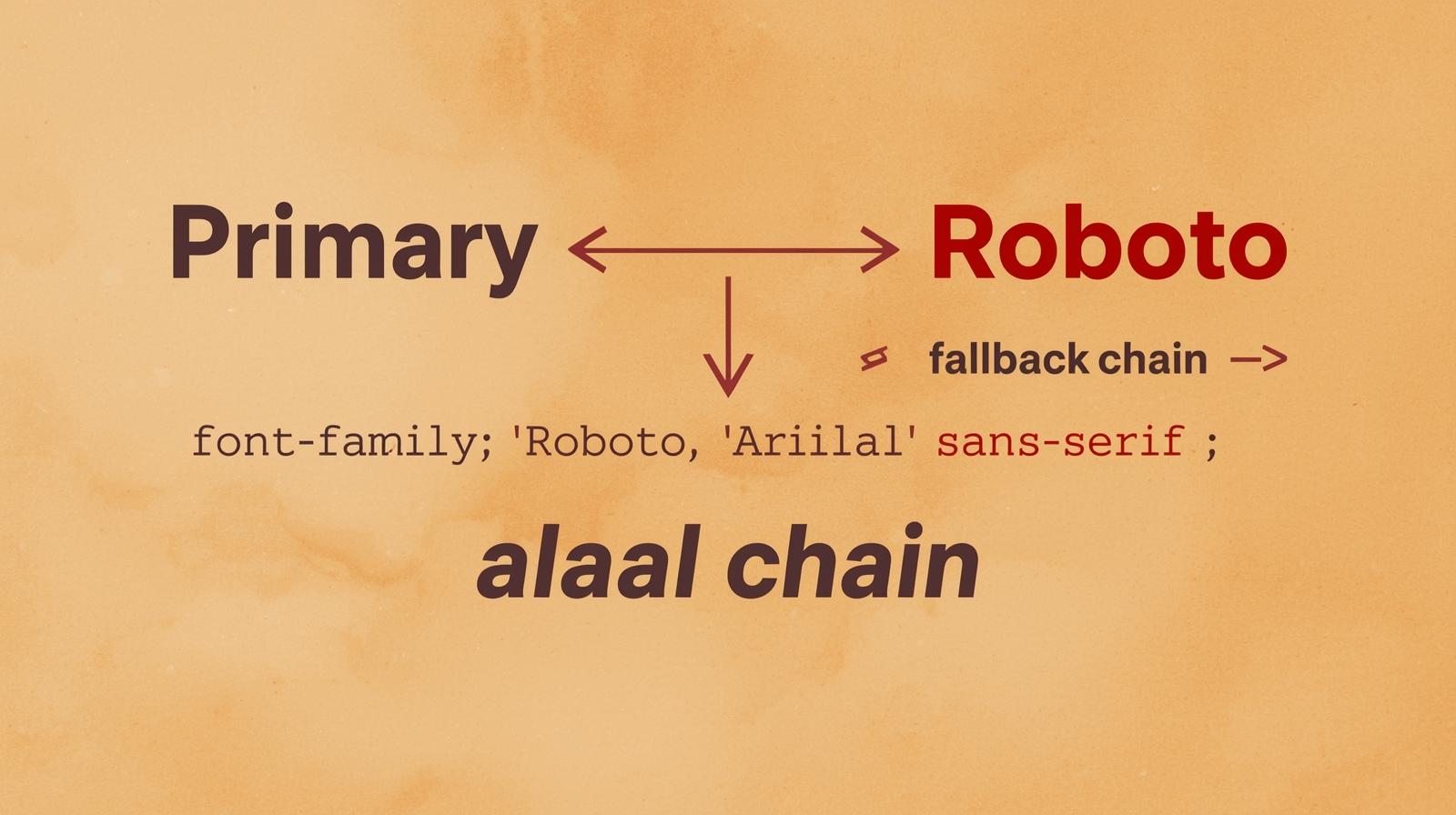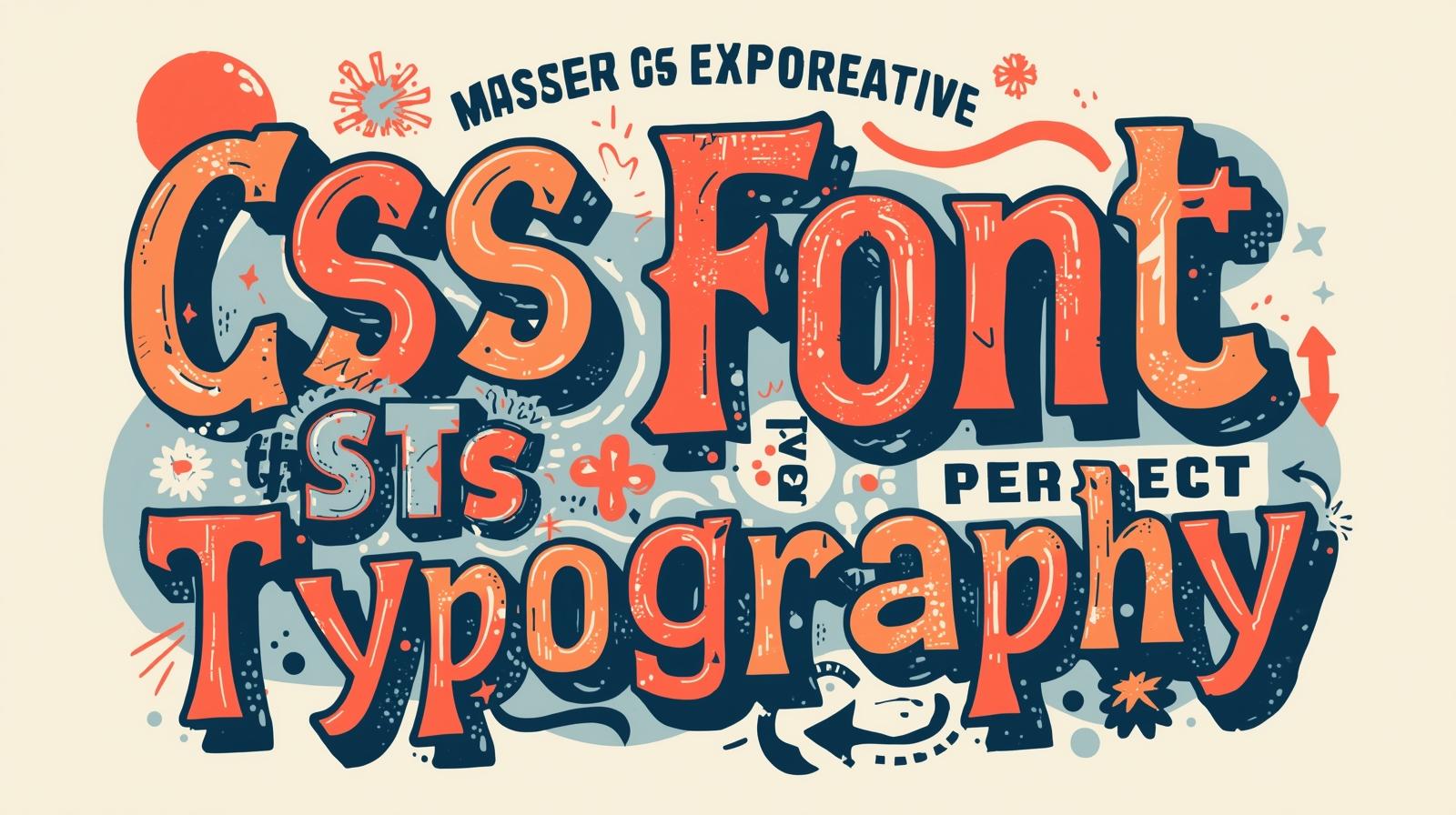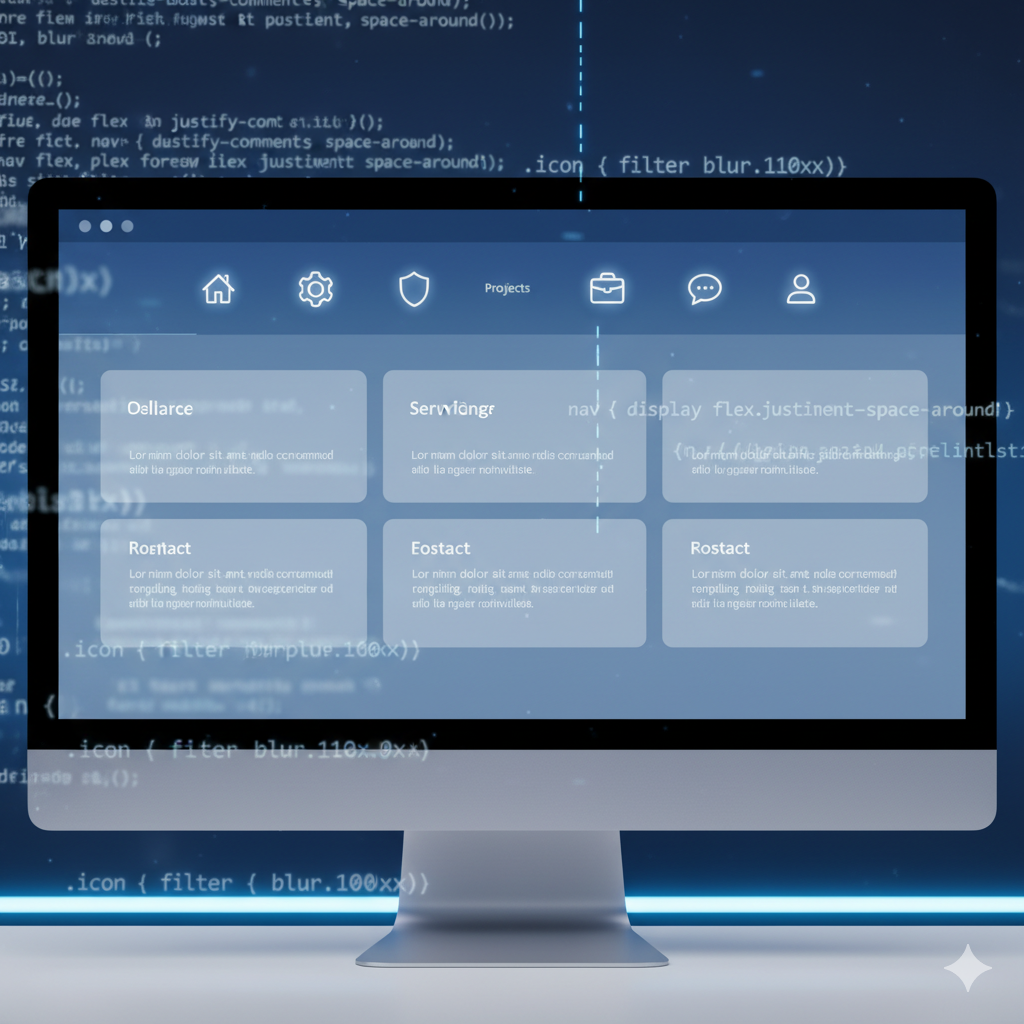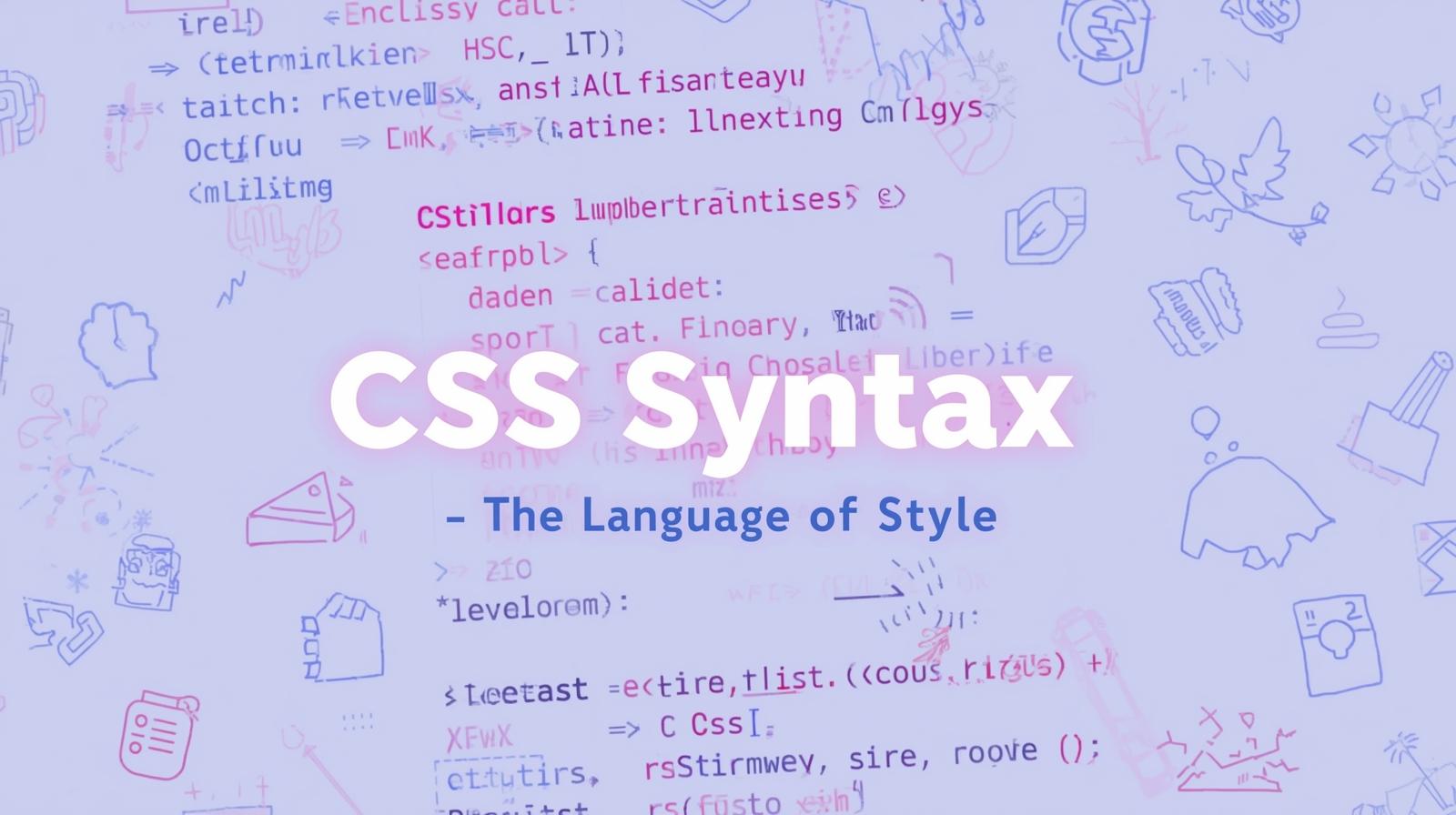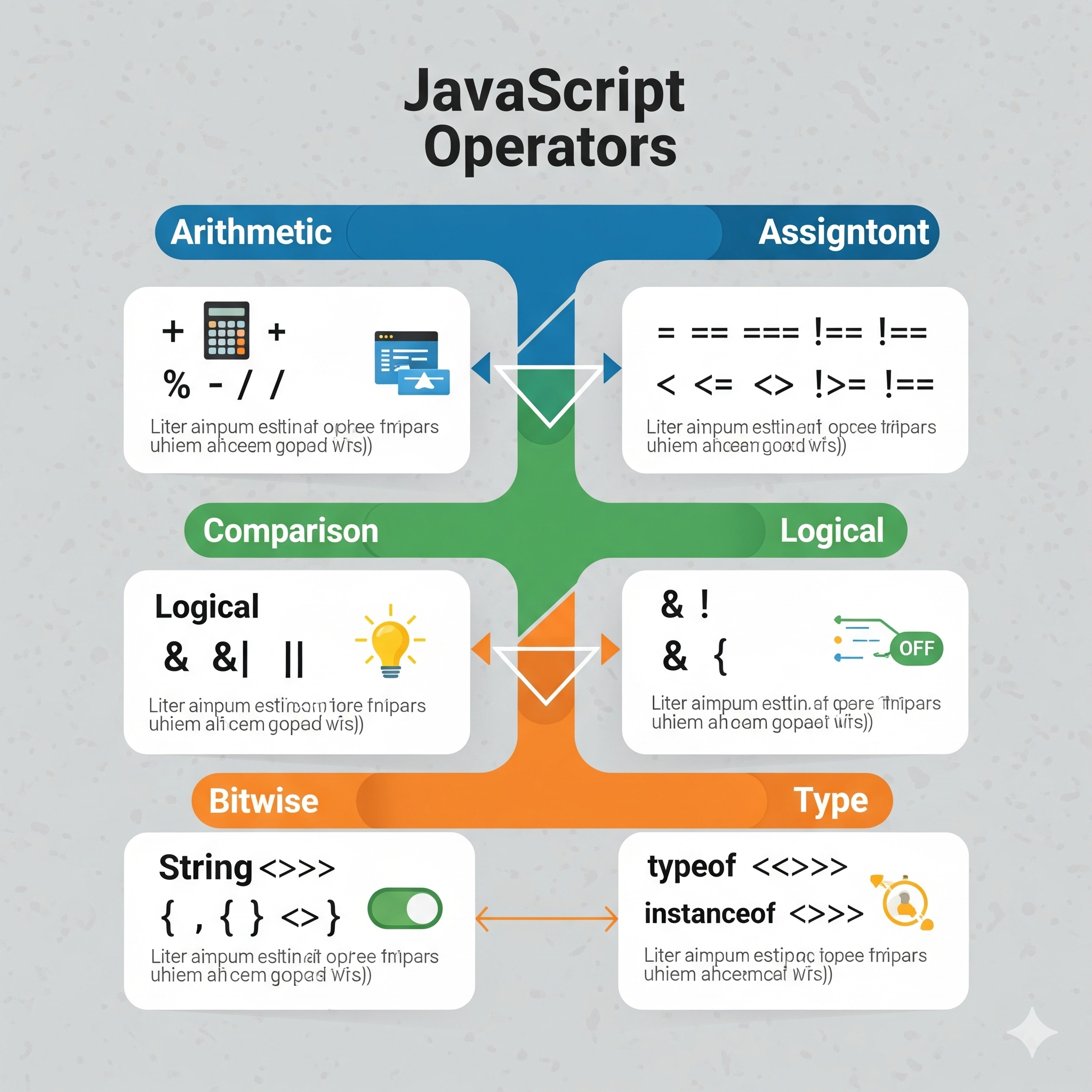CSS var() Demystified: Your Key to DRY, Dynamic, & Awesome Stylesheets
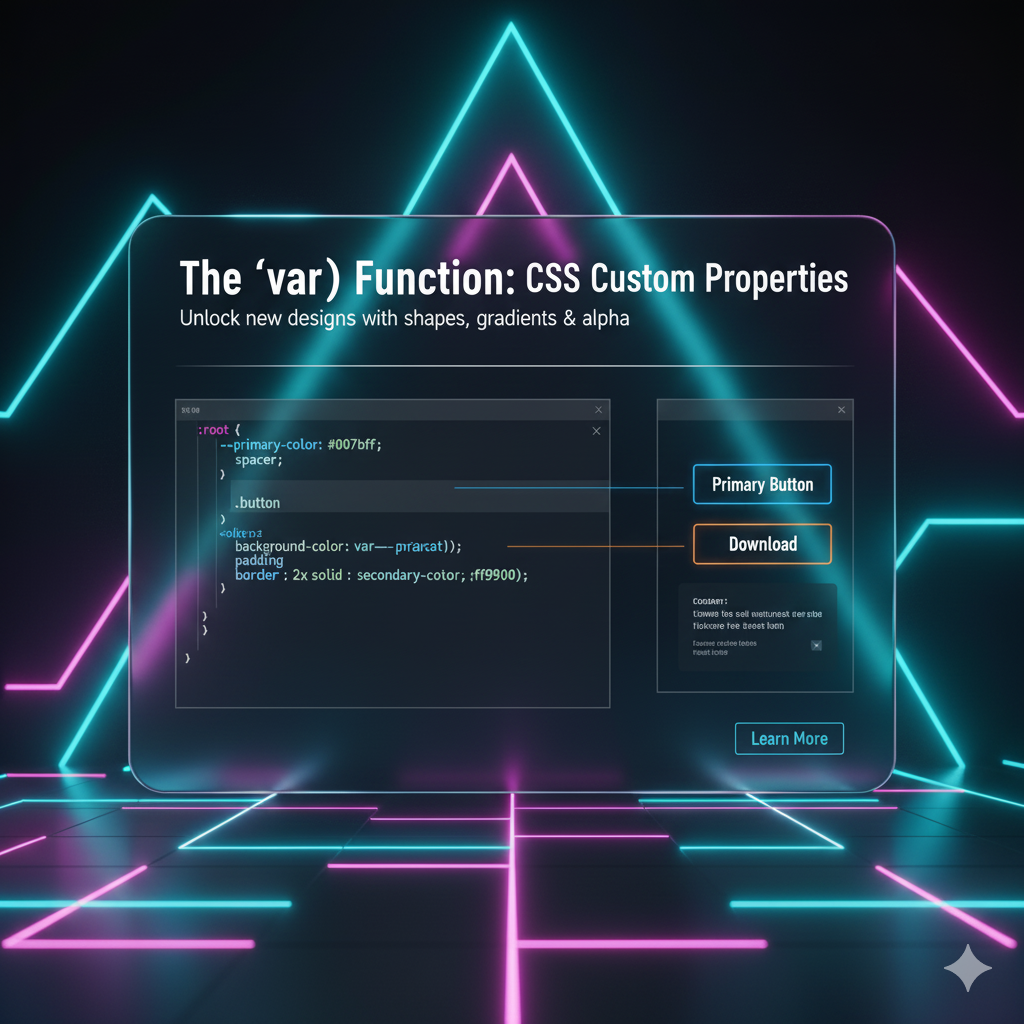
Tired of repetitive CSS? Master the CSS var() function (Custom Properties) with this in-depth guide. Learn with practical examples, real-world use cases, and best practices to write cleaner, more maintainable code. Level up your skills with CoderCrafter's professional courses!

CSS var() Demystified: Your Key to DRY, Dynamic, & Awesome Stylesheets
CSS var() Demystified: Your Key to DRY, Dynamic, and Awesome Stylesheets
Let's be real for a second. How many times have you found yourself using the "Find and Replace" function in your code editor because your client decided, at the last minute, that the perfect shade of blue is now a different perfect shade of blue? And you've used that blue in 87 different places?
If you're nodding your head, you've felt the pain. For years, we've lived with this repetition in CSS. We'd use pre-processors like SASS or LESS to help, but at the end of the day, in our vanilla CSS, we were stuck with the copy-paste life.
Then, a hero emerged from the shadows of the CSS specification: the var() function.
This wasn't just a small update; it was a paradigm shift. It introduced the concept of CSS Custom Properties (often just called "CSS variables"), and it fundamentally changed how we write, think about, and manage our stylesheets.
So, grab your favorite drink, get comfortable, and let's deep-dive into how var() can save you from future headaches and make your CSS cleaner, more maintainable, and honestly, more fun to write.
What Exactly Are the var() Function and Custom Properties?
In the simplest terms, think of a CSS variable like a container where you can store a value that you plan to reuse. Instead of writing #2a9d8f (a nice teal) over and over, you store it in a container with a friendly name like --main-color. Then, whenever you need that teal, you just call the container using var(--main-color).
It’s a core programming concept, and now it’s natively in CSS. No pre-processors needed.
Here's the breakdown:
The Custom Property (The Variable): This is where you define it. You can spot them easily because they always start with two dashes
--. You typically define these on the:rootselector (which targets the HTML element, making them globally available) or inside specific selectors.css
:root { --main-brand-color: #2a9d8f; --accent-color: #e9c46a; --text-dark: #264653; --default-padding: 1.5rem; --card-shadow: 0 4px 6px rgba(0, 0, 0, 0.1); }See what we did there? We stored colors, spacing, and even a whole box-shadow value!
The
var()Function (The Getter): This is how you use the value you stored. You simply writevar()and put the variable name inside the parentheses.css
.button { background-color: var(--main-brand-color); color: white; padding: var(--default-padding); } .card { background-color: white; box-shadow: var(--card-shadow); color: var(--text-dark); }
Boom. Just like that, your CSS is more readable and consistent.
Why Should You Even Care? The Superpowers of var()
You might be thinking, "Okay, cool, but I've managed without it." Here’s why it’s a game-changer:
Maintainability on Point: Need to change the primary color across the entire website? One change. One. Just update the value of
--main-brand-colorin your:root, and it propagates everywhere. It’s like magic, but it’s just good coding.Themes Become a Breeze: This is the big one. Because you can redefine these variables with JavaScript or based on a class (like
.dark-theme), creating light/dark mode or user-customizable themes has never been easier. We'll get to an example, and it will blow your mind.Improved Readability:
--accent-coloris much more understandable than#e9c46a. Your CSS becomes self-documenting.Dynamic Power: Unlike SASS/LESS variables which are compiled and static, CSS Custom Properties are live. They can be changed at runtime by JavaScript or through media queries, making them incredibly dynamic.
Let's Get Our Hands Dirty: Real-World Code Examples
Enough theory. Let's code.
Example 1: The Basic Brand System
We'll set up a simple design system using variables.
css
/* Define our variables in :root */
:root {
--primary: #3a86ff;
--secondary: #8338ec;
--warning: #ff006e;
--light: #f8f9fa;
--dark: #212529;
--font-heading: 'Georgia', serif;
--font-body: 'Helvetica Neue', sans-serif;
--spacing: 1rem;
--border-radius: 8px;
}
/* Now, let's use them */
body {
background-color: var(--light);
color: var(--dark);
font-family: var(--font-body);
line-height: 1.6;
padding: var(--spacing);
}
h1, h2, h3 {
font-family: var(--font-heading);
color: var(--primary);
}
.button {
display: inline-block;
padding: calc(var(--spacing) * 0.75) var(--spacing); /* Doing math with CSS! */
background-color: var(--primary);
color: white;
border: none;
border-radius: var(--border-radius);
cursor: pointer;
}
.button-warning {
background-color: var(--warning);
}See how calc() works seamlessly with var()? This is where the real power starts to show.
Example 2: The "Mind-Blowing" Light/Dark Theme Switch
This is the example that sells everyone on Custom Properties. We'll use a CSS class and a tiny bit of JavaScript.
CSS:
css
:root {
--bg-color: #ffffff;
--text-color: #333333;
--card-bg: #f8f8f8;
}
/* Define the dark theme variables */
.dark-theme {
--bg-color: #121212;
--text-color: #f0f0f0;
--card-bg: #1e1e1e;
}
body {
background-color: var(--bg-color);
color: var(--text-color);
transition: background-color 0.3s ease, color 0.3s ease; /* Smooth transition */
}
.card {
background-color: var(--card-bg);
padding: 2rem;
border-radius: 10px;
margin: 1rem 0;
}HTML:
html
<body>
<button id="themeToggle">Toggle Dark Mode</button>
<div class="card">
<h2>This is a card</h2>
<p>And it will magically change colors when you click the button!</p>
</div>
</body>JavaScript:
js
const toggleButton = document.getElementById('themeToggle');
toggleButton.addEventListener('click', () => {
// Toggle the .dark-theme class on the body
document.body.classList.toggle('dark-theme');
});And that's it! By toggling a single class on the <body>, we redefine the values of all our CSS variables for everything inside it. No need to manually target every element. This is the power of a dynamic, cascading system.
Level Up Your Skills with Professional Guidance
Building dynamic, themeable interfaces is a core skill for any modern front-end developer. It's exactly the kind of practical, industry-relevant knowledge we focus on at CoderCrafter. If you're looking to master not just CSS but the entire ecosystem of web development, our structured courses are designed for you. To learn professional software development courses such as Python Programming, Full Stack Development, and MERN Stack, visit and enroll today at codercrafter.in.
Best Practices & Pro-Tips (Don't Skip This!)
Using var() is easy, but using it well requires a bit of strategy.
Use
:rootfor Globals: For variables that are used across your entire project (colors, typography, spacing), define them in:root.Scope Variables for Components: For variables that are only relevant to a specific component (e.g.,
--avatar-size,--modal-width), define them inside that component's selector. This keeps your global scope clean.css
.avatar { --avatar-size: 60px; width: var(--avatar-size); height: var(--avatar-size); border-radius: 50%; }Provide Fallback Values: The
var()function can take a second parameter—a fallback value in case the variable is not defined.css
.element { color: var(--undefined-color, black); /* Will use 'black' */ margin: var(--undefined-margin, 10px 20px); /* Will use '10px 20px' */ }Name Your Variables Intelligently: Don't use
--color-1,--color-2. Use semantic names that describe the purpose, not the value.--primary-brand,--text-danger,--spacing-largeare much better.Use them in Media Queries: You can change variable values inside
@mediablocks to create responsive design systems effortlessly.css
:root { --font-size-heading: 2rem; } @media (max-width: 768px) { :root { --font-size-heading: 1.5rem; /* Smaller heading on mobile */ } }
FAQs: Your Questions, Answered
Q: How is this different from SASS/SCSS variables?
A: SASS variables are pre-processed. They are compiled away and turned into static CSS values. CSS Custom Properties are live. They exist in the browser, can be accessed and manipulated with JavaScript, and are truly dynamic.
Q: What's the browser support like?
A: It's excellent! It's supported in all modern browsers (Chrome, Firefox, Safari, Edge) for years. For legacy browsers like Internet Explorer, it's not supported, so use fallbacks if you have to support those.
Q: Can I use variables for property names or selectors?
A: No. Custom Properties can only be used for property values. You can't do var(--display): block; or .{var(--my-class)} { ... }.
Q: Can I store complex values?
A: Yes! You can store values for background, transform, box-shadow, and even multiple values like for a gradient. Just be mindful of readability.
Conclusion: Stop Writing Repetitive CSS. Start Using var() Today.
The CSS var() function and Custom Properties are not just a fancy feature for the pros. They are a fundamental tool that makes writing and maintaining CSS significantly better. They bridge the gap between CSS and the dynamic nature of modern web development.
By embracing them, you're not just writing "cleaner code"—you're building a more flexible, scalable, and powerful foundation for your projects. You're future-proofing your stylesheets.
So, the next time you start a project, the first thing you should do is set up your :root with a core set of variables. Your future self, tasked with implementing that last-minute client request, will thank you.
And if you're ready to transform your passion for coding into a professional, in-demand career, mastering tools like this is just the beginning. To dive deep into professional software development courses such as Python Programming, Full Stack Development, and MERN Stack, visit and enroll today at codercrafter.in. Let's build the future, one line of code at a time.
